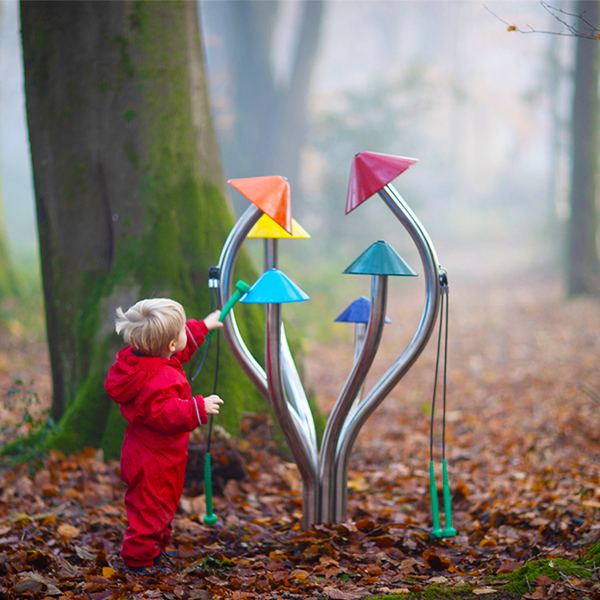Celebrating The Music - 'Shakespeare 400'
“Shakespeare 400” is a year-long, worldwide celebration of the life of William Shakespeare and marking the 400th anniversary of his death in 1616. Music is central to the work of Shakespeare. The majority of his plays could be divided into one of three categories - comedy, tragedy and history with each genre requiring different emotions to be reflected in the music, to set the mood and add to the entertainment of the performance. Instrumental music, performed at the Globe by professional musicians, was an integral part of the drama of Shakespeare's plays: music evoked sleep, magic, madness, love, death, the passing of time. Music is capable of indicating to an audience a change of tone within the drama and Shakespeare realised this more than any other dramatist of his day.
Music generally played an important role in the lives of the people who lived during the Elizabethan era and it was the major form of entertainment. The popularity of stringed and keyboard instruments grew tremendously during the Renaissance period creating beautiful, refined sounds. Music was now being taught in schools and Universities and the ability to play a musical instrument was an essential skill at the court of Queen Elizabeth.
The Instruments Many of the musical instruments used would look and sound alien to today's audience, but nearly every string, woodwind, brass, and percussion instrument played today had its beginnings long before Shakespeare's era. The instruments of the time included lutes, citterns, viols, violins, rebecs, flutes, fifes, cornets, recorders, trumpets, regals and drums. Bells, birdcalls and other instruments were also used to create musical sound effects. Combinations of musical instruments, as in the modern orchestra, were still in the experimental stage but provided the opportunity to create unusual and creative music.
Elizabethan musicians enjoyed experimenting with various combinations of musical instruments with the most popular combination of Elizabethan musical instruments being:
The Viol A popular instrument during the Renaissance period, the Viol belongs to the family of string instruments. Viols were played with a bow and held on the lap or between the legs. Shakespeare mentions them in several plays, including Twelfth Night.
The Lute With a gentle and sweet tone, the Lute is a plucked instrument with a pear-shaped body, a usually bent neck, and a fretted fingerboard. Usually the lute accompanied a singer of a serenade. Kate cracks a lute over Hortensio's head when he tries to teach her about "finger placement" on a lute in The Taming of The Shrew!
The Recorder An extremely basic instrument belonging to the flute family, the recorder is a vertical pipe with a mouthpiece similar to a flageolet and has 8 melody holes. The recorder with its sweet tone was very popular and usually portrayed a nightingale. Hamlet calls for a recorder to put Rosencrantz and Guildenstern in their place.
The Fiddle Easily portable and one of the most popular street and town musical instruments the Fiddle was played with a bow or plucked and usually held under the chin or in the crook of the arm.
The Virginal A sweet little instrument often mistakenly believed to be named after the Virgin Queen Elizabeth. In fact the virginal was already the most popular household instrument by Elizabethan England. A chordophone, which means that the sound is made by the vibration of strings, this was actually a keyboard instrument. The 32 steel strings are plucked by plectra or quills rather than struck with a hammer like a piano. The strings are attached by a mechanical device to the keyboard.
The Cornett Not to be confused with the modern day cornet, this was an early woodwind instrument taking the form of a long tube made of ivory, wood or other materials. It has woodwind-style finger holes.
Tabor & Fife The Tabor was a small snare drum used as an accompaniment to a pipe or fife, both being played by the same person.
The Hautboy Sounded through a reed, and similar in shape to the clarinet, but with a thinner tone. Now more commonly called an oboe. The hautboy provided a high pitched, supernatural effect which accompanied the witches in Macbeth.
Musical References Shakespeare mentioned music many times in his works, using references to musical instruments in both character names and dialogue and used music or musical instruments as symbolism or metaphor. Music is the subject of some of Shakespeare’s most evocative lines, often expressing extreme emotions from joy to introspection. Of the nearly 200 literary works he penned in his short 52 years, scholars have counted more than 2,000 references to music in his plays, along with around 100 songs and fragments of ballads.
Here are six famous quotes about music from Shakespeare’s plays:
Play, music! And you, brides and bridegrooms all, With measure heap'd in joy, to the measures fall. As You Like It
If music be the food of love, play on; Twelfth Night
Music oft hath such a charm good provoke to harm. Measure for Measure
I have a reasonable good ear in music. A Midsummer Night's Dream
How silver-sweet sounds lovers' tongues by night. Like softest music to attending ears Romeo & Juliet
Give me some music; music, moody food Of us that trade in love. Anthony & Cleopatra

Med støtte fra generøse donorer, herunder Nordea-fonden, har "Musik i haven" skabt et meningsfyldt samlingssted for alle. Instrumenterne fremmer fællesskab,...

Vi er utroligt glade og stolte over at kunne introducere vores helt nye Liberty...
